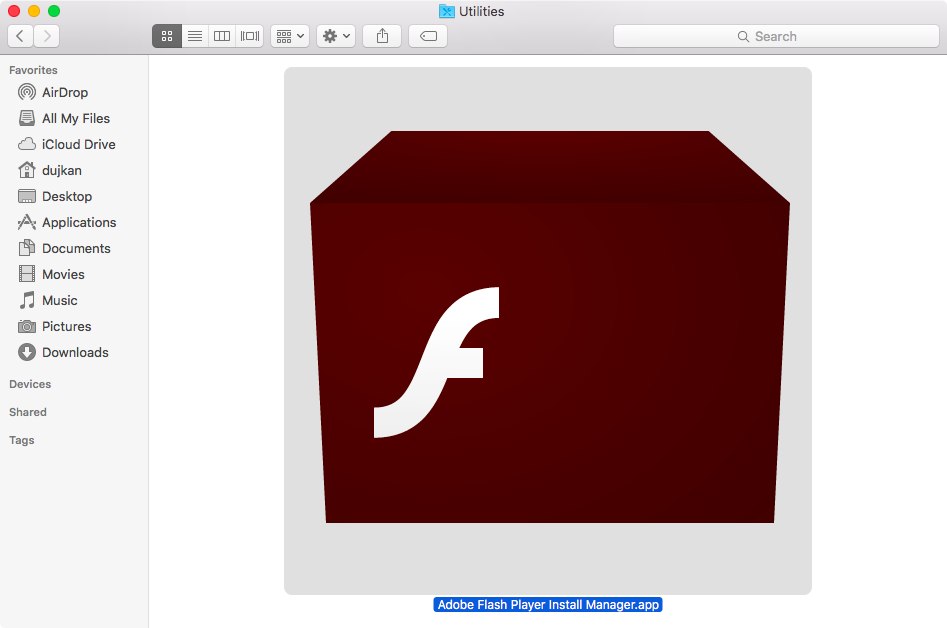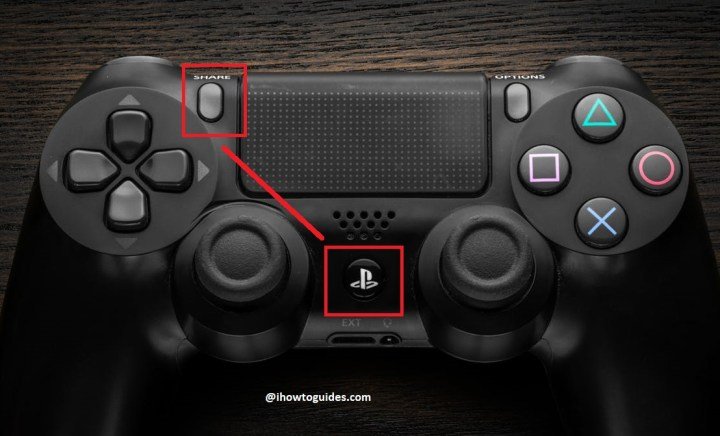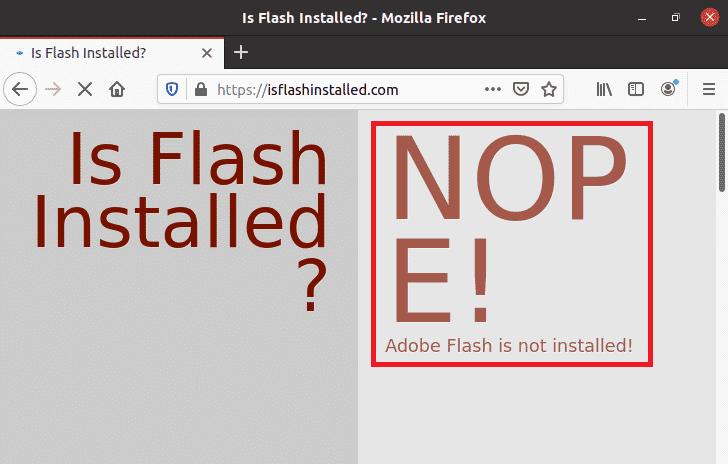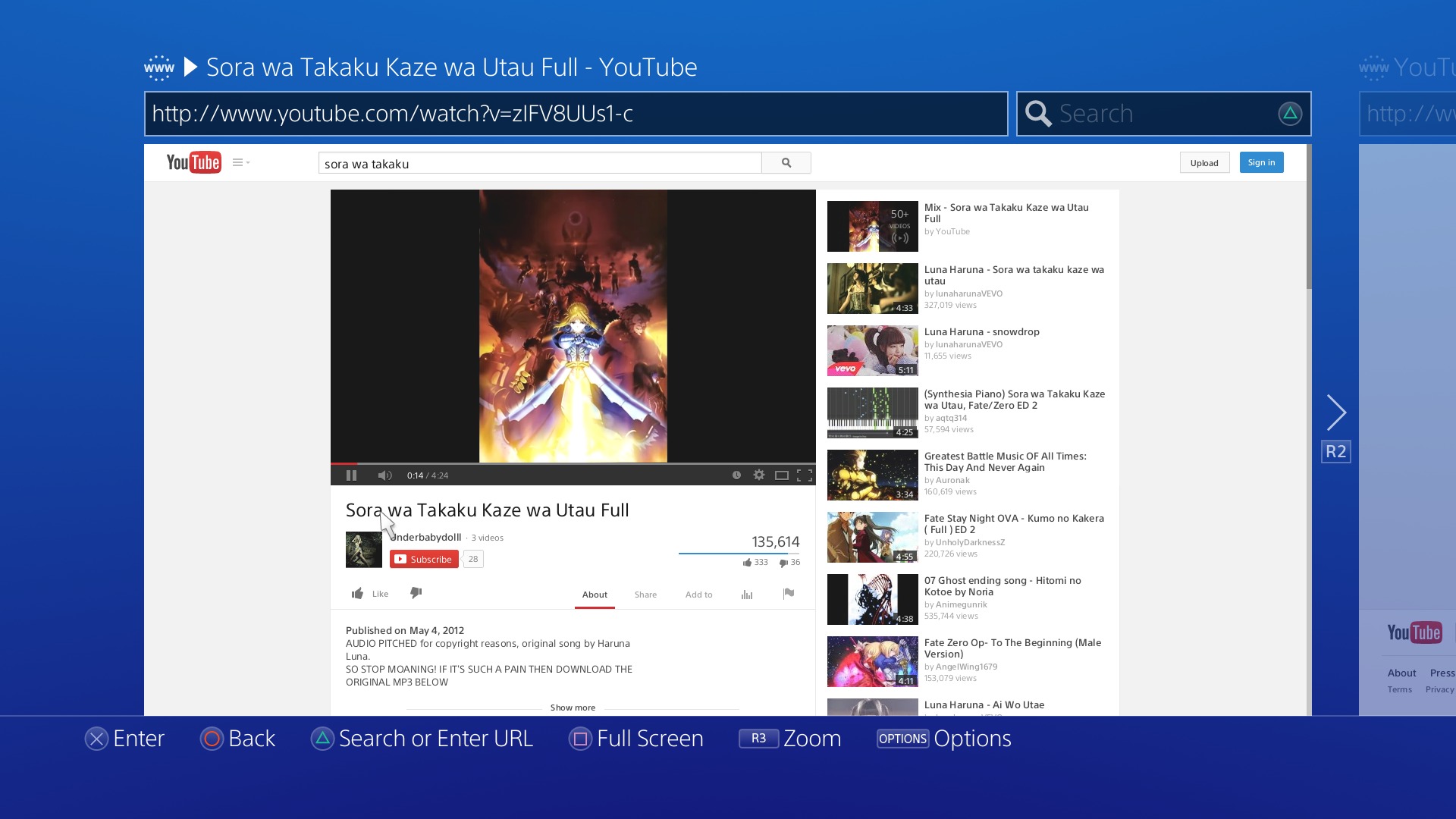

- HOW TO INSTAL FLASH PLAYER ON PS4 HOW TO
- HOW TO INSTAL FLASH PLAYER ON PS4 INSTALL
- HOW TO INSTAL FLASH PLAYER ON PS4 FOR ANDROID
- HOW TO INSTAL FLASH PLAYER ON PS4 PS4
- HOW TO INSTAL FLASH PLAYER ON PS4 DOWNLOAD
Yes! In fact, this is probably the best and fastest way of transferring your PS4 game collection to the PS5. These can be traditional kinetic HDDs or an external SSD, though these will still be restricted to only supporting PS4 and PSVR games. PlayStation 5 games, on the other hand, have to be installed to internal storage to make use of the SSD’s speed. What can I use an external drive for on PS5?Įxternal drives can be used with PlayStation 5 to store and play PlayStation 4 and PlayStation VR games via backward compatibility.
HOW TO INSTAL FLASH PLAYER ON PS4 HOW TO
How to safely remove external storage on PS5.How to move games between Internal and External storage.
HOW TO INSTAL FLASH PLAYER ON PS4 INSTALL

You’ve got two options for expanding your console’s storage, but with Sony not enabling internal expansion until sometime after launch, we’ll only be talking about external HDD drives for this guide. Remember, though, that Flash has been withdrawn from the Google Play Store for a reason - it’s no longer officially supported, so bear that in mind as you’re browsing through Flash content on your phone.The PlayStation 5 is a fantastic machine, partly thanks to its ultra-speedy built in SSD, but there’s a problem: The SSD is only 825GB in size, it only gives you 667.2GB of space to install games to.
HOW TO INSTAL FLASH PLAYER ON PS4 FOR ANDROID
Flash on mobile devices has never been perfect, but on the right hardware Flash 11.1 for Android will give you a decent experience. So there you have it - Flash support on your Android device. Check this link on your phone to confirm that Flash is up and running.įinally, once it’s working, you may want to uncheck the “Unknown sources” option once again to keep your phone or tablet secure. To enable Flash content all the time, select “Always on,” or to enable it selectively on each page, choose “On demand.” Or on Android 2.2 or 2.3, go to Menu > Settings (sometimes Menu > More > Settings), where you’ll find the “Enable plug-ins” option. On Android 3.0 or later, go to Menu (three dots next to the address bar on some phones) > Settings > Advanced > Enable plug-ins. When Flash is installed, head into your phone’s stock browser (again, Google Chrome won’t support your newly-installed Flash apk). Tap “Install” on the next screen to confirm.


Once that’s done, pull down the notification area and tap on the file to install it.
HOW TO INSTAL FLASH PLAYER ON PS4 DOWNLOAD
On your phone or tablet, download the Flash for Android application downloader. (It'll then download the file directly from Adobe.) On Android 4.x, you’ll find it under Settings > Security. You’ll need to check the box marked “Unknown sources.” On Android 2.2, 2.3 or 3.x, this is found under Settings > Applications. The process of getting Flash for Android on a device that doesn’t already have it is pretty simple.įirst, you’ll need to tell your device it’s OK to install apps from sources other than Google Play. Check your app drawer for “Browser” or “Internet.” If you’re on Jelly Bean, check that you have a stock browser installed besides Google Chrome, as Chrome for Android doesn’t support Flash. Check Settings > About phone / About tablet to see what you’re running. You’ll need a phone or tablet running Android 2.2 ( Froyo) to 4.1 ( Jelly Bean). That’s just the way Flash rolls on mobile devices. On newer hardware, particularly devices running Android 4.1, you may experience stability issues with Flash content. Remember to re-enable it afterwards for your device’s security. You’re installing an app from a third-party source, so you’ll need to disable one of Android’s built-in security options. There’s no record of Flash exploits specifically targeting Android users, but that doesn’t mean it couldn’t happen. The fact that security updates are no longer being developed for Flash for Android means that running this could potentially open you up to security risks and malicious Flash content. In particular, if you’re using this on an Android 4.1 (Jelly Bean) device, you can probably expect a few stability issues That means no more security or stability updates, no official support channels if something goes wrong. There’s no official support for Flash on Android now. Before we begin, make sure you understand the risks associated with running the now-unsupported Adobe Flash on your device.


 0 kommentar(er)
0 kommentar(er)
